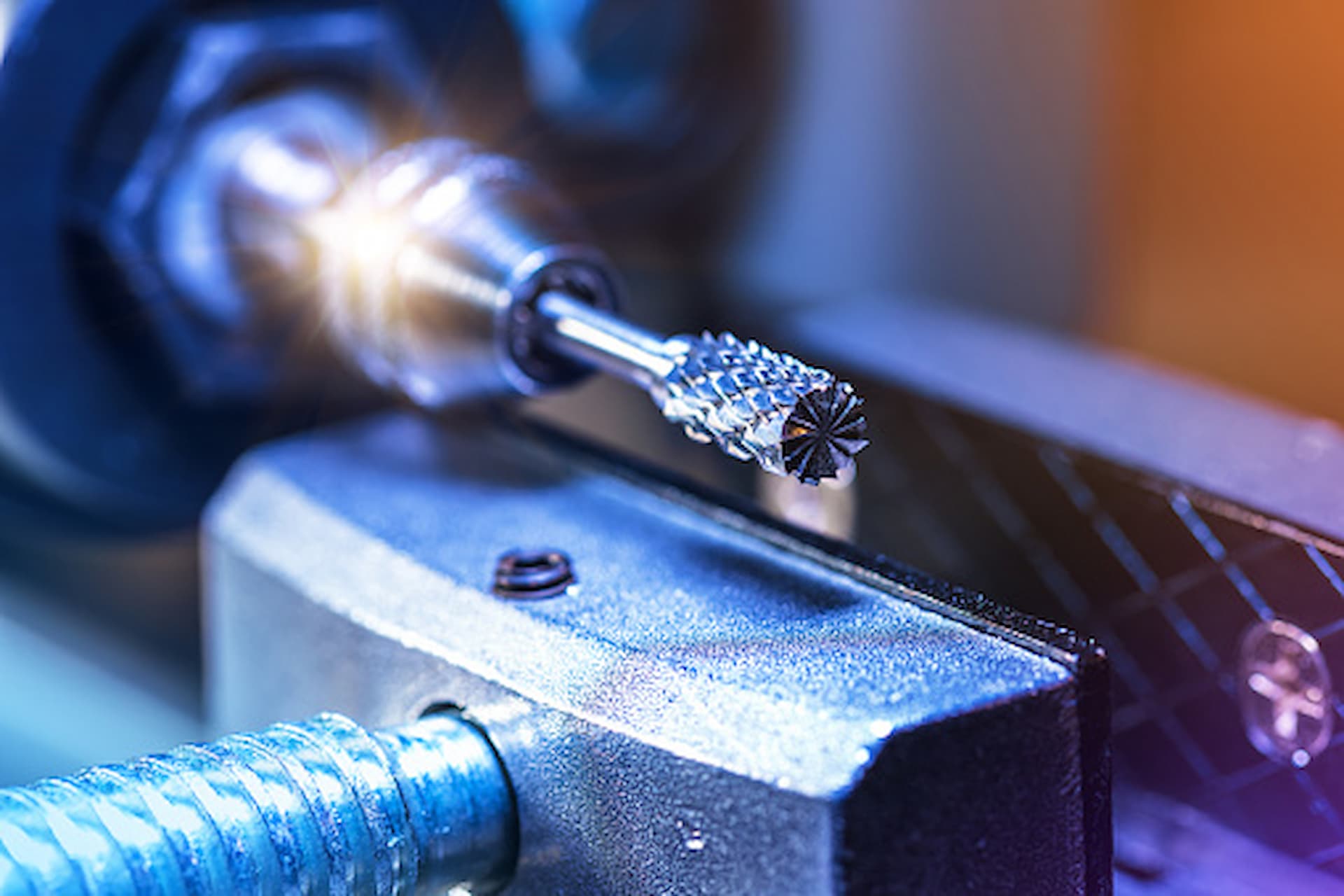When it comes to high-precision, high-tech, and high-torque applications, spindle motors are essential components. These motors must meet various technical requirements, including low noise, high frequency, stable speed, and low no-load current. In addition, spindle motors must be easy to use.
Ceramic bearings produce less temperature.
A CNC spindle motor made with ceramic bearings will produce less temperature and last longer. The high-precision hybrid ceramic ball bearings in CNC spindles provide axial and radial loads, depending on the pre-load. In addition, ceramic bearings are more rigid and have less resonance and vibration.
One of the challenges of advanced spindle designs is the ability to keep the temperature under control. This is a significant challenge when using compact motors. The method of CNC spindle motors must balance machining accuracy with the ability to control temperature. Advanced spindle designs incorporate channels for chilled water circulation and non-randomly positioned conductor strands.
Increasing the lubrication interval can also reduce bearing temperature. Increases in oil viscosity and air pressure can decrease the outer ring temperature by up to 4 K. The time to reach the thermally stable state is also reduced by approximately half.
They are More Accurate.
A CNC spindle motor with a variable frequency drive has less pole count and higher torque than a stepper motor. Because of this, it can achieve thousands of revolutions per minute (RPM) while maintaining a high torque even as the RPM increases. Stepper motors, on the other hand, use signals from the voltage. A dedicated controller can control variable frequency drives, which means that speed can be adjusted with greater accuracy.
CNC spindle motors typically run on two different motor models: AC induction motors and brushless DC motors. AC induction motors are the most common type used in CNC applications, but brushless DC motors are gaining popularity for high-end applications. Both types of motors have their advantages and disadvantages.
In general, AC spindles are more accurate than DC spindles but are more expensive. Also, AC spindles can operate at a wide range of speeds. AC spindles are more reliable and rugged, making them less likely to break or suffer malfunctions. However, you must first determine your application’s power requirements to determine the suitable CNC spindle motor for your needs. Depending on the application, the power required will differ, and a light-duty engine will be less potent than a heavy-duty model. Once you know these things, you can narrow down your selection to a few models that can meet your needs.
They Have a Higher Tolerance Capacity.
The two primary types of CNC spindle motors have different capacities. One type uses gears for power transmission and produces greater torque for rough machining. The other type uses belts to drive the spindle. Each type has its advantages and disadvantages. It is essential to select the right type based on the tolerance capacity and the kind of machine tool you are planning to buy.
CNC machines can be configured with multiple spindles for increased precision. These machines are also more flexible and allow for independent spindle speed control. However, CNC multi-spindle machines are a challenge. Different manufacturers have different approaches to multi-spindle machines.
Typically, the large spindles require additional reinforcement in the Z-axis, and the CNC machine’s frame should be robust enough to support the power of the VFD spindle. In addition, CNC spindle motors are more expensive than routers and require a more complex setup. Both types of CNC machines have their benefits and disadvantages. Choosing the correct CNC machine will depend on your needs and budget.

